Alport is a small, quiet and attractive Derbyshire and Peak District village, situated just off the main road. Named after the portway road which ran through the settlement, the Saxon inhabitants of Alport, added the prefix`al` which itself means old. The stone houses with pretty gardens date back to the 17th and 18th centuries.
The river Lathkill cascades down through the village in a series of weirs and meets the river Bradford coming from Youlgrave. Here in a near idyllic setting among the trees below a clear pool a weir that John Bying, passing this way in June 1790, noted as a `pretty cascade`. Beside the weir is an old corn mill. A mill was recorded here at Alport in 1159, and it may have been the same one mentioned in the Doonsday Book, 70 years earlier, as standing at Youlgrave. The mill stands at a break in the valley floor which coincides with a knickpoint, a natural site for taking power frm the river. The breast wheel, some 21 feet in diameter, can still be seen in position at the end of the building furthest from the river.
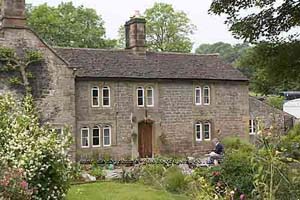
Alport in Derbyshire |
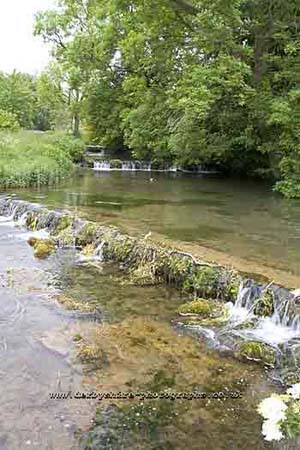
Alport |

Alport in Derbyshire |
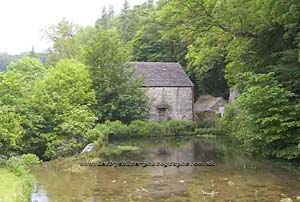
Alport |
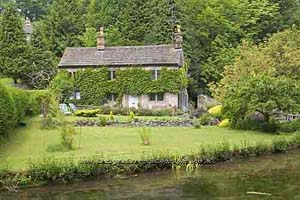
Alport in Derbyshire |

Alport |
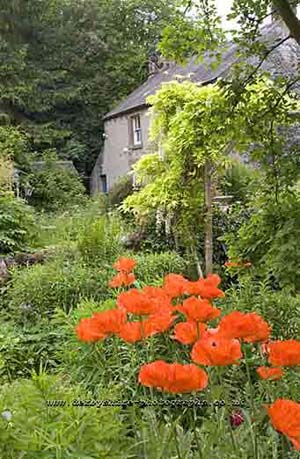
Alport in Derbyshire |
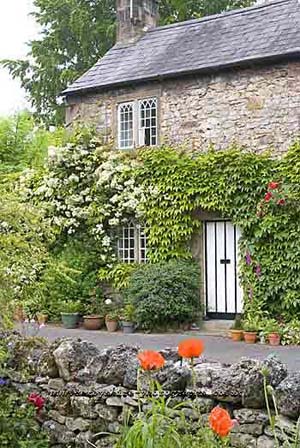
Alport |
This was lead mining country in the 18th and 19th centuries and there is still much evidence of this in the area.
To prevent the mines from flooding with water, Hillcarr sough was constructed. Work began in 1766 and it was to be the largest sough in the country. It ran for 4 and a half miles from alport to the river derwent at rowsley and cost 32,000 pounds by the time it was finished in 1787. A lot of money in those days. However, such were the profits to be made from lead mining that it had paid for itself within 2 years.
In 1881 the river Bradford disappeared underground for several years. As with other rivers in limestone landscape, thr river had channelled a route out underground, only this time it was taking the route of the hillcarr sough to the river derwent. After sealing up the chasm through which the river has joined the sough, it reappeared to its normal above ground route.
There are no pubs, cafes or shops but from Alport you can walk the 5 miles north through lathkill dale to Monyash, one of the loveliest walks in the peak district, or you can walk along the river bradford to Youlgrave, again a very pleasant walk.